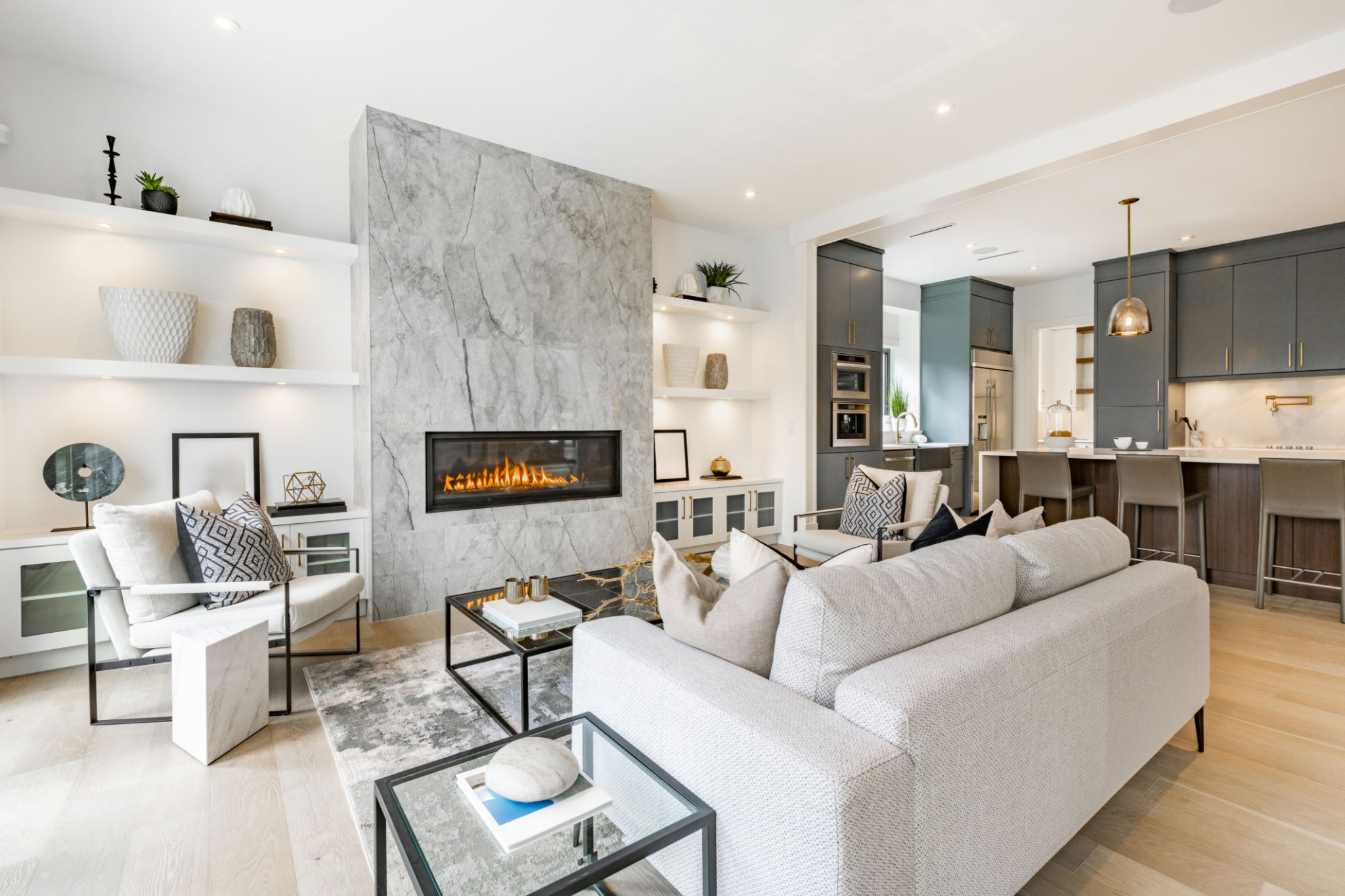Expert Tips for Designing Your Dream Container Home in Florida
Understanding the Basics of Container Homes
Container homes have become a popular choice for those looking to create a unique and sustainable living space. These innovative dwellings are made from repurposed shipping containers, offering a durable and eco-friendly alternative to traditional housing. In Florida, the trend is gaining momentum due to the state's favorable climate and growing interest in sustainable living. Before you dive into designing your container home, it's essential to understand the basics and what makes these homes an excellent choice for modern living.

Shipping containers are renowned for their structural strength, having been designed to withstand harsh conditions at sea. This durability makes them an ideal building material, providing a robust framework for your home. Additionally, the affordability of used shipping containers can significantly reduce construction costs, allowing you to allocate more budget for customizations and amenities that suit your lifestyle.
Choosing the Right Location
Location is a critical factor when designing your container home. In Florida, you’ll want to consider factors such as proximity to amenities, local zoning laws, and climate conditions. Florida's diverse landscape offers a range of options from coastal areas to more inland settings. Consider how the location will impact your daily life and the overall design of your home.
It's crucial to research local building codes and zoning regulations in the area you choose. Some regions may have specific requirements or restrictions regarding container homes. Working with a local architect or consultant familiar with these regulations can help streamline the process and ensure compliance.
Designing for Climate and Comfort
Florida's warm and humid climate requires thoughtful design considerations to ensure comfort and energy efficiency in your container home. Insulation is key; without it, your home may become uncomfortably hot in the summer months. Consider using eco-friendly insulation materials that provide excellent thermal performance while contributing to sustainability.

Incorporating natural ventilation and shading can further enhance comfort. Strategic placement of windows and doors can facilitate cross-ventilation, helping to naturally cool your home. Additionally, using passive solar design principles can maximize natural light while minimizing heat gain, reducing reliance on artificial lighting and air conditioning.
Customization and Aesthetic Appeal
One of the most exciting aspects of designing a container home is the opportunity for customization. Shipping containers offer a modular design that can be easily adapted to suit your personal style and functional needs. Whether you prefer a minimalist aesthetic or a more eclectic approach, the possibilities are endless.
Consider incorporating elements such as green roofs or vertical gardens to enhance both the aesthetic appeal and environmental benefits of your home. Interior finishes can also be tailored to reflect your taste, with options ranging from industrial chic to cozy rustic or modern elegance.

Working with Professionals
While the DIY approach is appealing to many aspiring container homeowners, collaborating with experienced professionals can provide invaluable insights and expertise. Architects, builders, and engineers specializing in container homes can help bring your vision to life while ensuring structural integrity and adherence to local building codes.
Professional guidance can also be beneficial when navigating the complexities of utility installation, such as plumbing and electrical systems. By working with knowledgeable experts, you can optimize your home's functionality and safety while avoiding potential pitfalls.
Budgeting and Financing Your Project
Budgeting is a crucial step in designing your dream container home. Start by determining the overall cost, including land acquisition, container purchase, design services, construction, and finishing touches. It's important to set a realistic budget that accommodates both expected expenses and potential unforeseen costs.
Financing options for container homes may differ from traditional mortgages. Some lenders specialize in alternative housing loans, while others may require detailed project plans before approving financing. Exploring different financing avenues early in the process can help ensure a smooth financial journey from start to finish.
